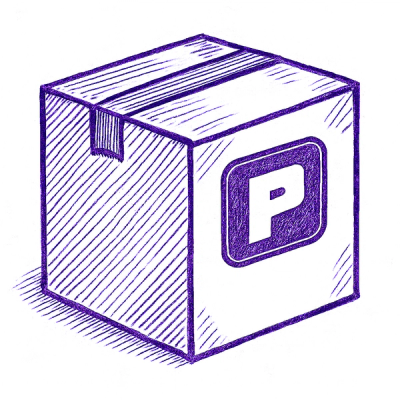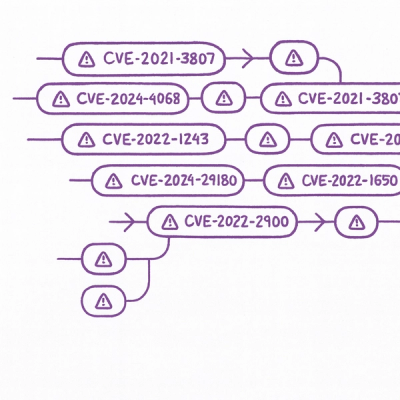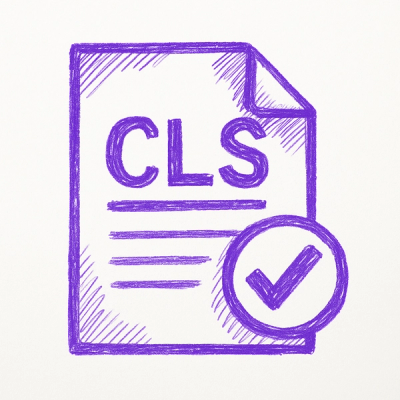
Security News
Astral Launches pyx: A Python-Native Package Registry
Astral unveils pyx, a Python-native package registry in beta, designed to speed installs, enhance security, and integrate deeply with uv.
Ruby wrapper for the Geocoding and Directions services provided from the Google Maps API.
Add this line to your application's Gemfile:
gem 'geogle'
And then execute:
$ bundle
Or install it yourself as:
$ gem install geogle
Google geocoding documentation: https://developers.google.com/maps/documentation/geocoding/
When creating the Geogle::Geocoder these are the setting parameters:
sensor:
language: ar, eu, bg, bn, ca, cs, da, de, el, en, en-AU, en-GB, es, eu, fa, fi, fil, fr, gl, gu, hi, hr, hu, id, it, iw, ja, kn, ko, lt, lv, ml, mr, nl, no, pl, pt, pt-BR, pt-PT, ro, ru, sk, sl, sr, sv, tl, ta, te, th, tr, uk, vi, zh-CN, zh-TW
raw:
client_id (required for business API): ID of the client. It starts with "gme-" prefix.
crypto_key (required for business API): Criptographic key.
Here's more information about Google Maps API for Business: https://developers.google.com/maps/documentation/business/webservices
Both methods return an array of Geogle::Model::Place. Each place is composed by:
Coordinates:
Area:
Geometry:
address:
client = Geogle::Geocoder.new({ sensor: false, language: "es" })
client.address("Blasco Ibañez, Valencia")
client = Geogle::Geocoder.new({ sensor: false, language: "es" })
components = { country: 'ES' }
client.address("Blasco Ibañez, Valencia", components)
Available components to be used can be found here: https://developers.google.com/maps/documentation/geocoding/#ComponentFiltering
Geogle::Geocoder.new.latlng(39.5073225, -0.2914778)
client = Geogle::Geocoder.new({ client_id: "gme-client-id", crypto_key: "crypto-key" })
client.latlng(39.5073225, -0.2914778)
The signature required to do the request will be appended in the URL.
Google directions documentation: https://developers.google.com/maps/documentation/directions/
The same as with Geocode.
true returns more than one route.Return an array of Geogle::Model::Route. Each route is composed by:
Time:
TextValue:
Leg:
Route:
options = { region: "de", mode: "driving" }
client = Geogle::Directions.new
client.routes("Berlin", "Munich", options)
client = Geogle::Directions.new
client.routes("39.4699889,-0.3759178", "40.4167158,-3.7037799")
git checkout -b my-new-feature)git commit -am 'Add some feature')git push origin my-new-feature)FAQs
Unknown package
We found that geogle demonstrated a not healthy version release cadence and project activity because the last version was released a year ago. It has 1 open source maintainer collaborating on the project.
Did you know?

Socket for GitHub automatically highlights issues in each pull request and monitors the health of all your open source dependencies. Discover the contents of your packages and block harmful activity before you install or update your dependencies.

Security News
Astral unveils pyx, a Python-native package registry in beta, designed to speed installs, enhance security, and integrate deeply with uv.

Security News
The Latio podcast explores how static and runtime reachability help teams prioritize exploitable vulnerabilities and streamline AppSec workflows.

Security News
The latest Opengrep releases add Apex scanning, precision rule tuning, and performance gains for open source static code analysis.